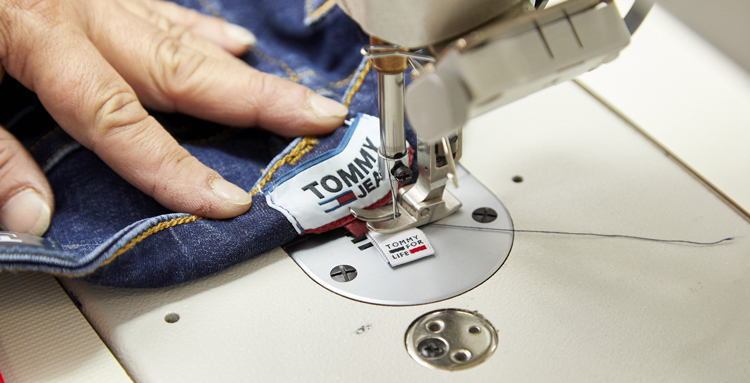Brands are increasingly being pressured to take on more conscious roles in society. Sustainability in the fashion industry, which is no longer new, is now a topic that is even more talked about and demanded by consumers.
With this in mind, many companies have already started to adapt and, to do so, have used technology as an ally. To learn more about the topic and understand some actions that can help you in the process of becoming a more sustainable industry, continue reading!
How can technology help with sustainability in the fashion industry?
There are, in fact, some obstacles to becoming more sustainable, such as more sustainable raw materials, which are more expensive, the costs of good working conditions, the design and activity offerings of the fast fashion concept, among others. others.
The good news is that technology is helping with this, as solutions are constantly emerging now that combating the impacts of the fashion industry on the environment is an increasing concern.
Now that the so-called “green fashion” is no longer seen as a passing trend, it tends to become an important competitive differentiator. Therefore, it is necessary to develop strategies for production and design that reduce the environmental impacts of production and consumption in the clothing industry.
It is also worth highlighting the importance of knowing the production chain itself and its production methods, especially when all stages of manufacturing are not centralized. Subcontracting is what causes the most problems such as work similar to slavery and child labor.
The monitoring of suppliers and partners can now be controlled online, which is one of the steps to making your industry more sustainable. Many synthetic fabrics are already produced using greener processes, including cotton and polyester.
Although dyeing is a polluting process, it can also be done through regulated processes, with efficient waste treatments and other efficient actions.
Green innovation: who is already innovating and what solutions are used?
As we said at the beginning of the article, companies are already investing in technological solutions to obtain more sustainable processes. See some below.
Circulose® Renewcell
Renewcell managed to transform cotton and viscose into a new raw material for clothing, Circulose® Renewcell. This pulp is transformed into new fibers through pressure through very small nozzles. In addition to reducing waste disposal, Renewcell fibers have greater tensile strength.
Clothes made using fungi and bacteria
Yes, they already exist and are produced through bacteria found in kombucha, being transformed into biotissues. This effect was achieved by Biotecam and the fabrics were called Texticel.
Hugo Mendes, one of the partners, states that the artisanal work carried out currently makes the product more expensive, but that, when brands automate production, it can become cheaper and conquer the market.
Tommy Hilfiger’s sustainable cycle
The Tommy Hilfiger brand aims to make its products part of a sustainable cycle by 2030. To this end, it launched the Make It Possible program and began implementing the Tommy for Life project in October.

Initially, it has three axes: “Reloved” (getting consumers to return used parts), “Refreshed” (rehabilitating returned products) and “Remixed” (using materials from products that are not recoverable to manufacture new parts and exclusive). Furthermore, the brand has also launched several sustainable capsule collections.
Related:
- Sustainability in manufacturing: an issue to be analyzed
- Sustainable consumption and its impacts on the fashion industry
- Is the future of fashion sustainable?
How to transition to more efficient and sustainable production?
Obviously you don’t need to create a revolutionary new fabric from other raw materials to become sustainable. It is possible to start adapting in the best way, as we have already shown, mainly by reviewing the entire process — not only the company but its suppliers.
Some Industry 4.0 equipment can also help reduce waste, save money and, consequently, sustainability. Here at Delta, we have hydro sprinklers as an example, which apply the softener through a spray, providing uniformity in the application, reducing set-up time, reducing raw material waste and increasing branch productivity.
There is also a fabric proofreader, which identifies problems in fabrics as soon as they arrive from the supplier, avoiding waste caused by discarding pieces. We can also mention sample washing machines that use much less water and electricity to determine fabric shrinkage and automatic packaging machines, which reduce plastic consumption and generate savings.
Still have questions about sustainability in the fashion industry? Check out this other article and find out why the future of fashion is sustainable!


